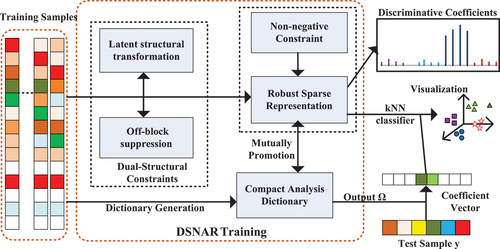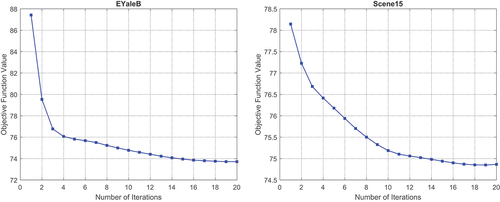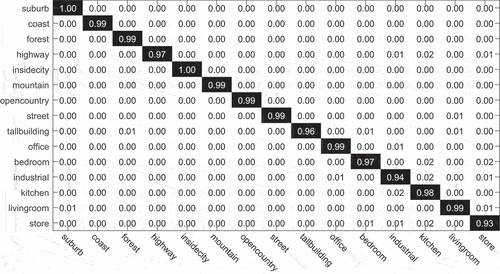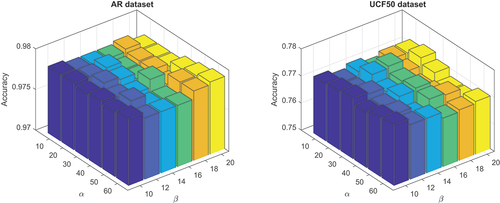Figures & data
Table 1. Comparative characteristics of the related works on discriminative ADL models. The regularization term of the DSNAR model corresponding to each technical component is shown in parentheses.
Table
Table 2. The statistical information of the benchmark datasets and features.
Table 3. Classification accuracy (%) comparison on different datasets. The best results are in bold.
Table 4. The average time (ms) for training procedure of different models.
Table 5. The average time (ms) for classification procedure of different models.
Table 6. Best parameter settings for DSNAR model by cross validation.
Table 7. Classification accuracy (%) with different numbers of atoms on the LFW dataset.
Data availability statement
All data generated or analyzed during this study are included in this published article.




